Ueno Station Shinkansen: JR & Keisei Access, Map, Exits, and Restaurants

Ueno Station is one of Tokyo's key transport hubs, especially for travelers heading to northern Japan. The station combines modern facilities with easy access to cultural areas.
Whether you are taking a short trip or a long Shinkansen journey, knowing how to use Ueno Station makes travel smoother. Located in a traditional district, it links central Tokyo with northern regions and serves as a convenient starting point for both city and countryside exploration.
Ueno Station Shinkansen Overview
A Shinkansen Station in Tokyo

Tokyo Station is the last stop for most Shinkansen lines and has the largest number of services. Ueno Station is more useful for going to northern Japan and gives easier access to traditional areas of Tokyo. The station is usually less crowded, so it is easier to find your way.
For travelers staying in the north or east parts of Tokyo, Ueno Station can be a more convenient choice. It is also close to many cultural places, so visitors can enjoy sightseeing along with their train trip.
JR Ueno Station and Keisei Ueno Station

Many travelers get confused between these two separate stations. JR Ueno Station is the main railway hub that handles Shinkansen services, JR local trains, and Tokyo Metro lines. This is where you'll find the Shinkansen platforms and most major services.
Keisei Ueno Station operates independently and serves the Keisei line, with its fastest train, the Skyliner, providing direct access to Narita Airport with reserved seating and luggage space. The two stations are about a 5-minute walk apart. When booking Shinkansen tickets or using JR services, make sure you head to JR Ueno Station, not the Keisei station.
Shinkansen from Ueno Station
Lines Serving Ueno Station

Ueno Station serves multiple Shinkansen lines connecting Tokyo with northern Japan. All Shinkansen services at Ueno Station operate from platforms 19 to 22, located on the fourth basement level (B4F). These platforms are dedicated to high-speed trains and are completely separate from regular JR train services.
- Platform 19 & 20: Mainly used for Shinkansen departures going to northern and northwestern Japan, including Sendai, Morioka, Shin-Aomori, Niigata, Nagano, Toyama, and Kanazawa.
- Platform 21 & 22: Mainly used for Shinkansen arrivals and return services back to Tokyo.
These platforms are clearly marked and separate from regular train services.
Main Destinations and Travel Times

The station handles six major Shinkansen services: Tohoku, Yamagata, Akita, Hokkaido, Joetsu, and Hokuriku lines. This makes Ueno a key gateway to northern Japan, from ski resorts to historic cities.
- Tohoku Shinkansen: Links Ueno with Sendai (about 90 min), Morioka (about 2h10), and Shin-Aomori (about 3h). Branches connect to rural areas with hot springs and festivals.
- Yamagata Shinkansen: Extends from Fukushima toward Yamagata City (about 2h30). Known for hot springs, local crafts, and winter scenery.
- Akita Shinkansen: Runs through scenic mountain areas to Akita (about 3h50). Famous for the Kanto Festival and beautiful rural landscapes.
- Hokkaido Shinkansen: Continues north from Shin-Aomori to Hakodate (about 4h10). Offers access to Hokkaido’s history, seafood, and nature.
- Joetsu Shinkansen: Reaches Niigata in about 2h. Key stops include Echigo-Yuzawa (ski resort) and Niigata City (seafood and sake).
- Hokuriku Shinkansen: Connects Ueno to Nagano (about 80 min), Toyama (about 2h), and Kanazawa (about 2h30), known for samurai districts, gardens, and cuisine.
How to Buy Shinkansen Tickets
Shinkansen tickets can be purchased directly at Ueno Station from ticket machines or staffed JR counters. However, during busy travel periods, these areas often become crowded and waiting times can be long.
Using JR Pass at Ueno Station
The Japan Rail Pass (JR Pass) is valid at Ueno Station and can be used to board Shinkansen services departing from here, making it a convenient option for long-distance trips.
Travelers may reserve seats at a JR ticket office or simply use non-reserved cars. Please note that upgrades to Green Cars or Gran Class require an additional fee.
Booking Online with Japan Bullet Train
Japan Bullet Train offers a convenient alternative designed specifically for foreign tourists and residents. With this online service, you can book tickets in advance, receive a QR code, and exchange it for paper tickets at the station. Unlike buying at the counter on the day of travel, you won’t need to wait in long lines, making your journey smoother and less stressful.
The service provides multilingual customer support and covers all major Shinkansen routes from Ueno Station, as well as connecting local train services.

Ueno Station Map and Layout Guide
Station Map
Ueno Station operates on multiple levels, with Shinkansen platforms located deepest underground, JR local trains on intermediate levels, and Tokyo Metro services on separate underground levels. The main concourse sits at street level and connects all services through clearly marked passages.
● Guide Maps for Major Stations (Ueno Station) by JR-EAST
Station Exits and Directions
Park Exit
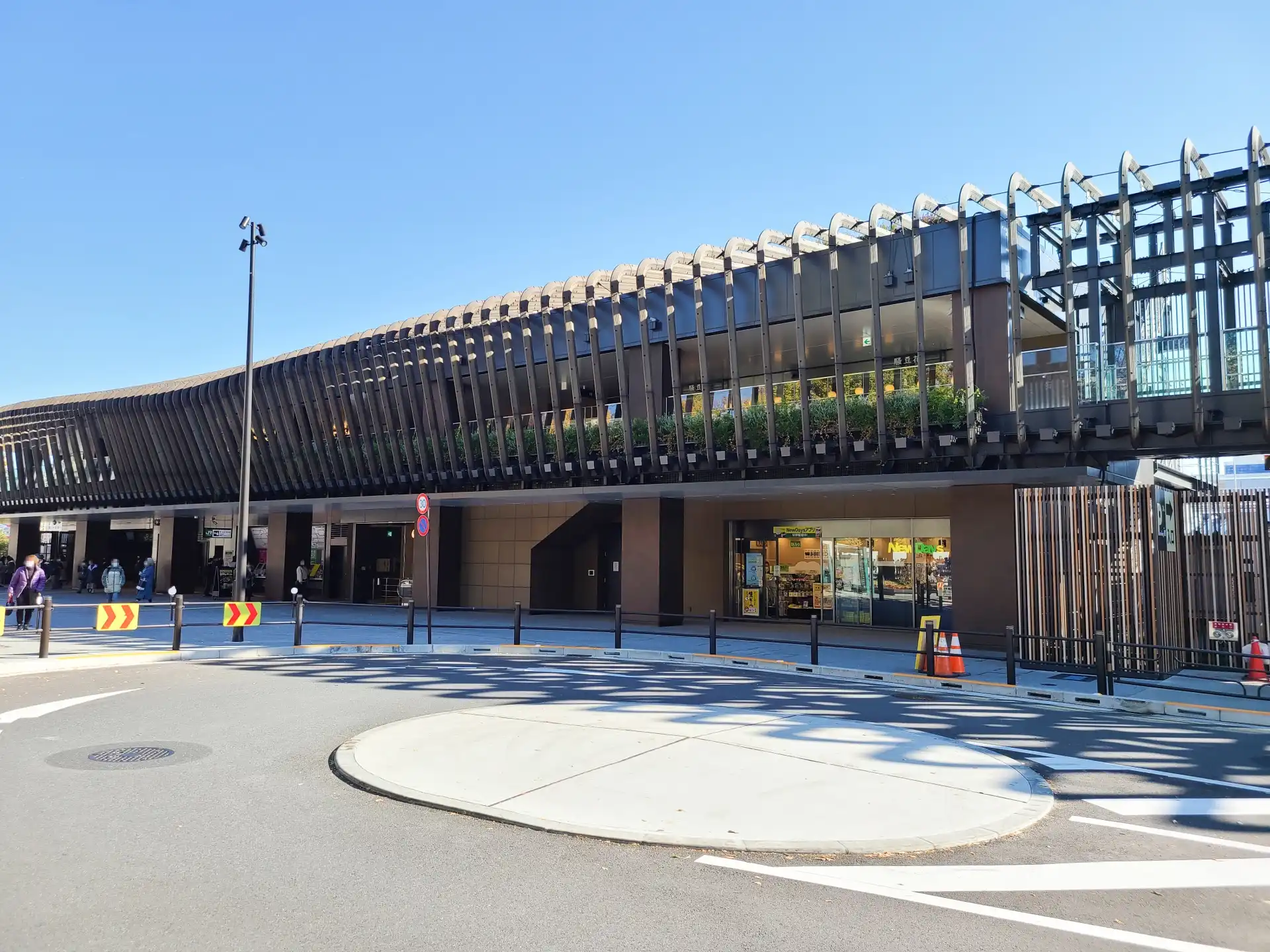
The Park Exit serves as the main gateway to Ueno's cultural attractions. This exit leads directly to Ueno Park, which houses multiple museums, temples, and Tokyo's oldest zoo. During cherry blossom season, this exit becomes extremely busy as thousands of visitors head to the park.
Shinobazu Exit

The Shinobazu Exit provides access to Ameyoko shopping street and Shinobazu Pond. Ameyoko is famous for its traditional market atmosphere with fresh seafood, vintage clothing, and authentic Tokyo experiences. This exit also leads to Shinobazu Pond, particularly beautiful during lotus season.
Hirokoji Exit

The Hirokoji Exit connects to major shopping areas and department stores. This exit leads to wider commercial streets with larger retail establishments and business hotels. The streets are more accommodating for luggage, making it practical for travelers with heavy bags.
Facilities Inside Ueno Station
Coin Lockers

Ueno Station has a large number of coin lockers, with 19 locations in total across the station complex. These include 11 areas inside JR Ueno Station, 5 inside Tokyo Metro Ueno Station, and 3 inside Keisei Ueno Station.
Within JR Ueno Station alone, lockers are spread across several floors:
- 1st floor (Central Gate area): 4 locations
- M2 floor (Shinobazu Gate area): 3 locations
- 3rd floor (Iriya and Park Gates): 3 locations
- 2nd floor (Higashi-Ueno Gate): 1 location
Lockers come in different sizes to fit anything from small bags to large suitcases. Many newer lockers accept IC cards and some international credit cards, though cash options remain. During peak travel seasons, lockers can fill up quickly.
Restaurants, Cafes, and Ekiben Shops

Ueno Station offers a wide variety of dining and shopping options through connected complexes such as ecute Ueno and Atre Ueno. These areas include cafés, bakeries, Japanese and Western restaurants, as well as Asian cuisine and dessert shops, making it easy to find meals for any taste or budget.
One of the highlights of train travel in Japan is the ekiben (station lunch box). At Ueno Station, ekiben are sold throughout the concourse and near Shinkansen platforms. Many feature seasonal ingredients or regional specialties from destinations along the Shinkansen routes. Ueno Station is especially known for having one of the best ekiben selections in the Tokyo area.
For everyday convenience, multiple convenience stores inside the station provide quick access to snacks, drinks, and basic travel necessities, ensuring travelers can prepare easily for both short trips and long-distance journeys.
Access from Ueno Station
Ueno Station to Narita Airport
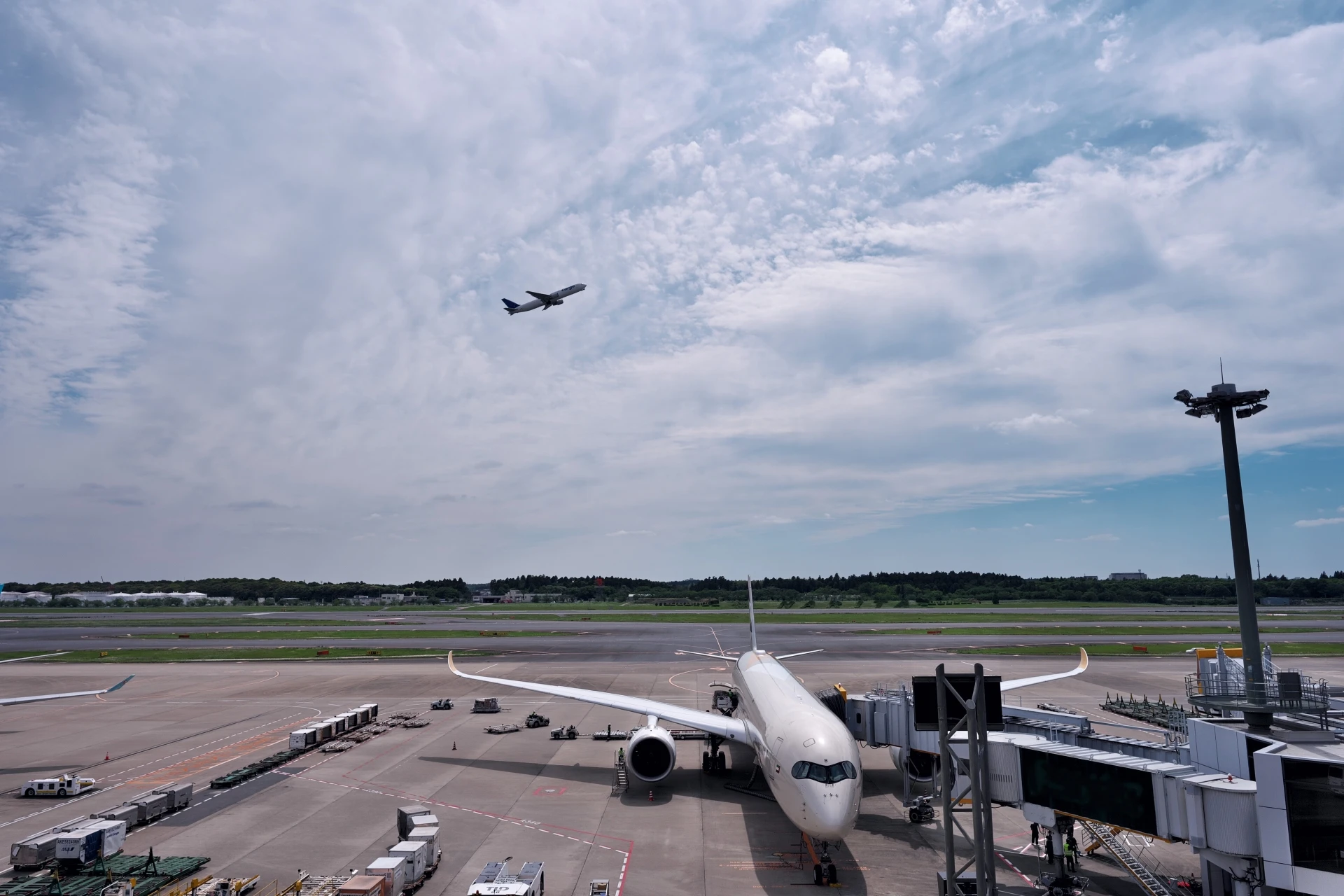
The Keisei Skyliner provides the fastest connection from nearby Keisei Ueno Station with direct service to the airport. The JR route involves taking the Yamanote Line to Nippori Station, then transferring to airport services. Both options run frequently throughout the day.
Ueno Station to Tokyo Station
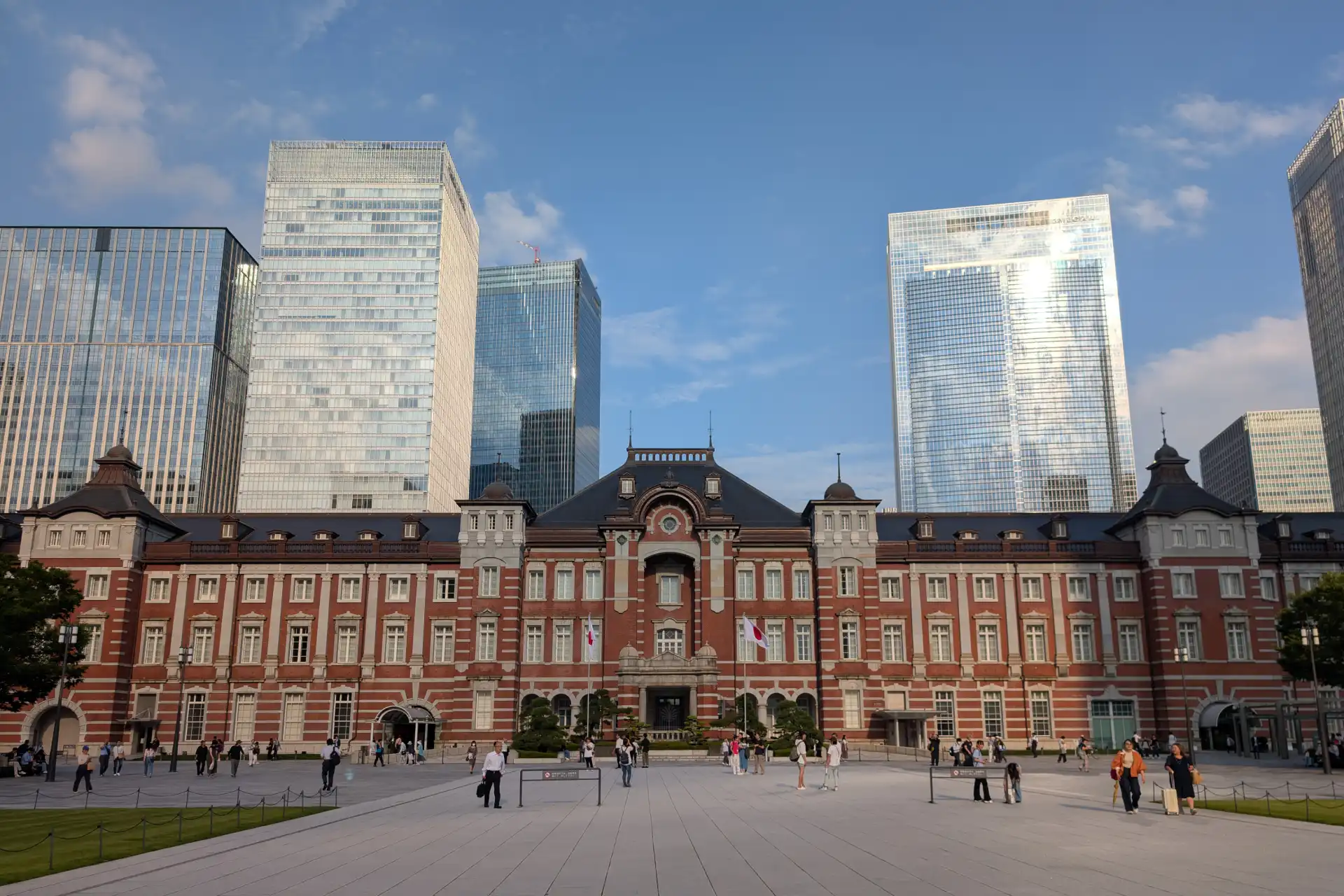
Take the Yamanote Line or Keihin-Tohoku Line for a quick 7-10 minute journey. This short connection makes transferring easy for travelers needing different Shinkansen services.
Ueno Station to Shinjuku Station
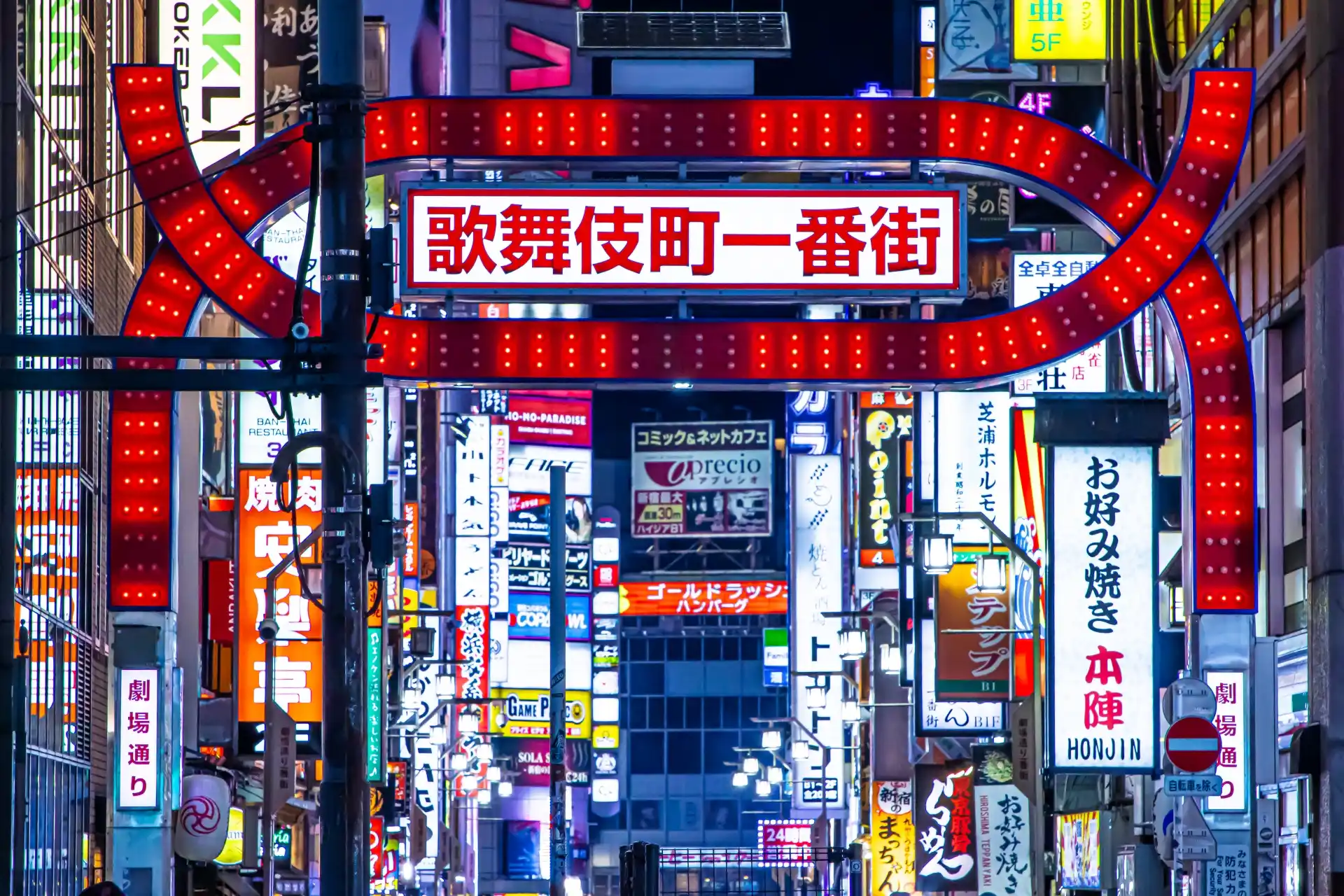
The Yamanote Line provides direct service to Shinjuku in about 25 minutes. This connection is essential for travelers heading to western Tokyo or Mt. Fuji areas.
Ueno Station to Asakusa Station
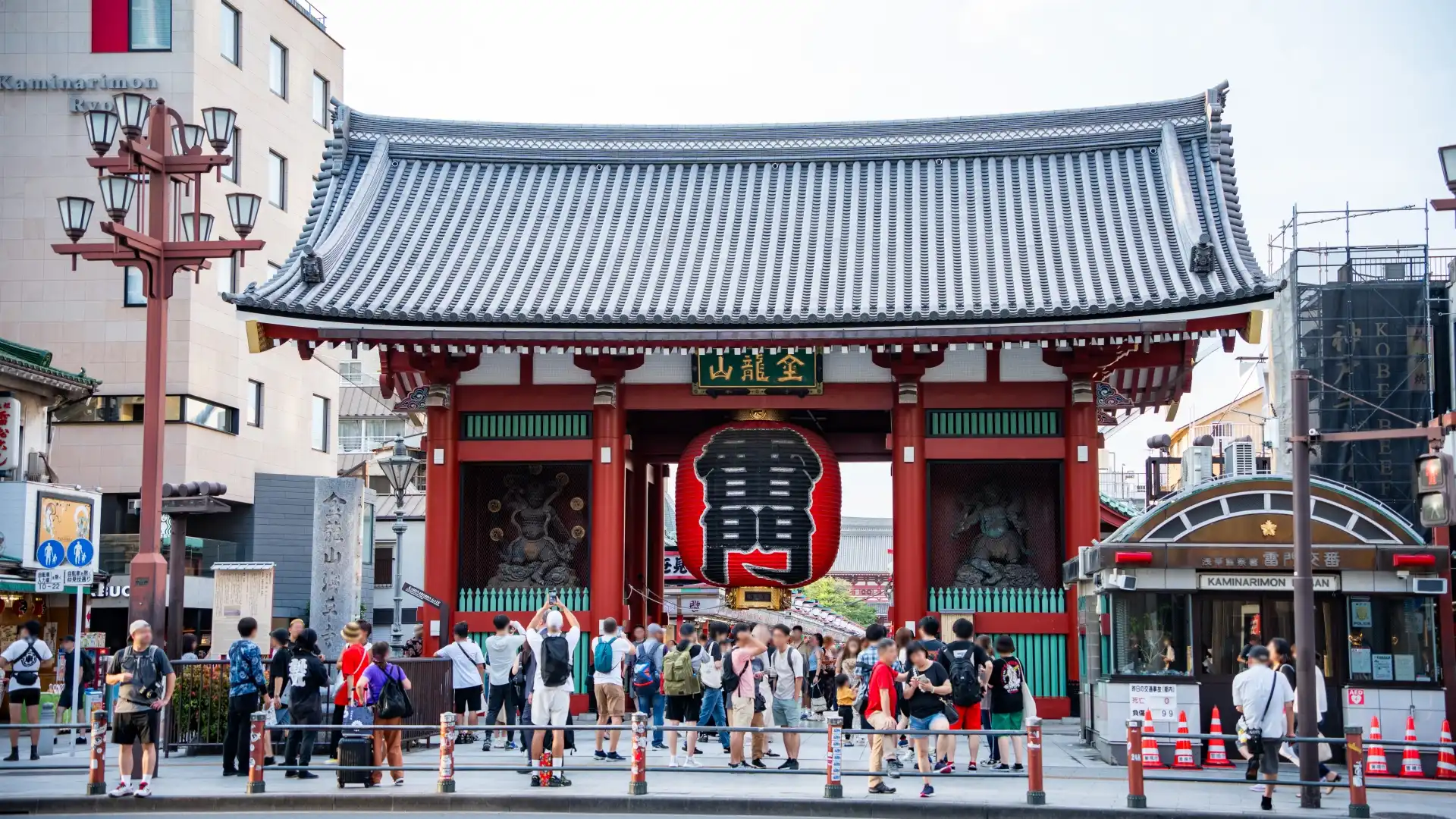
Take the Tokyo Metro Ginza Line for a 5-minute journey to Asakusa. This makes it easy to visit Sensoji Temple and explore traditional Tokyo districts.
Attractions Near Ueno Station
Ueno Park and Museums
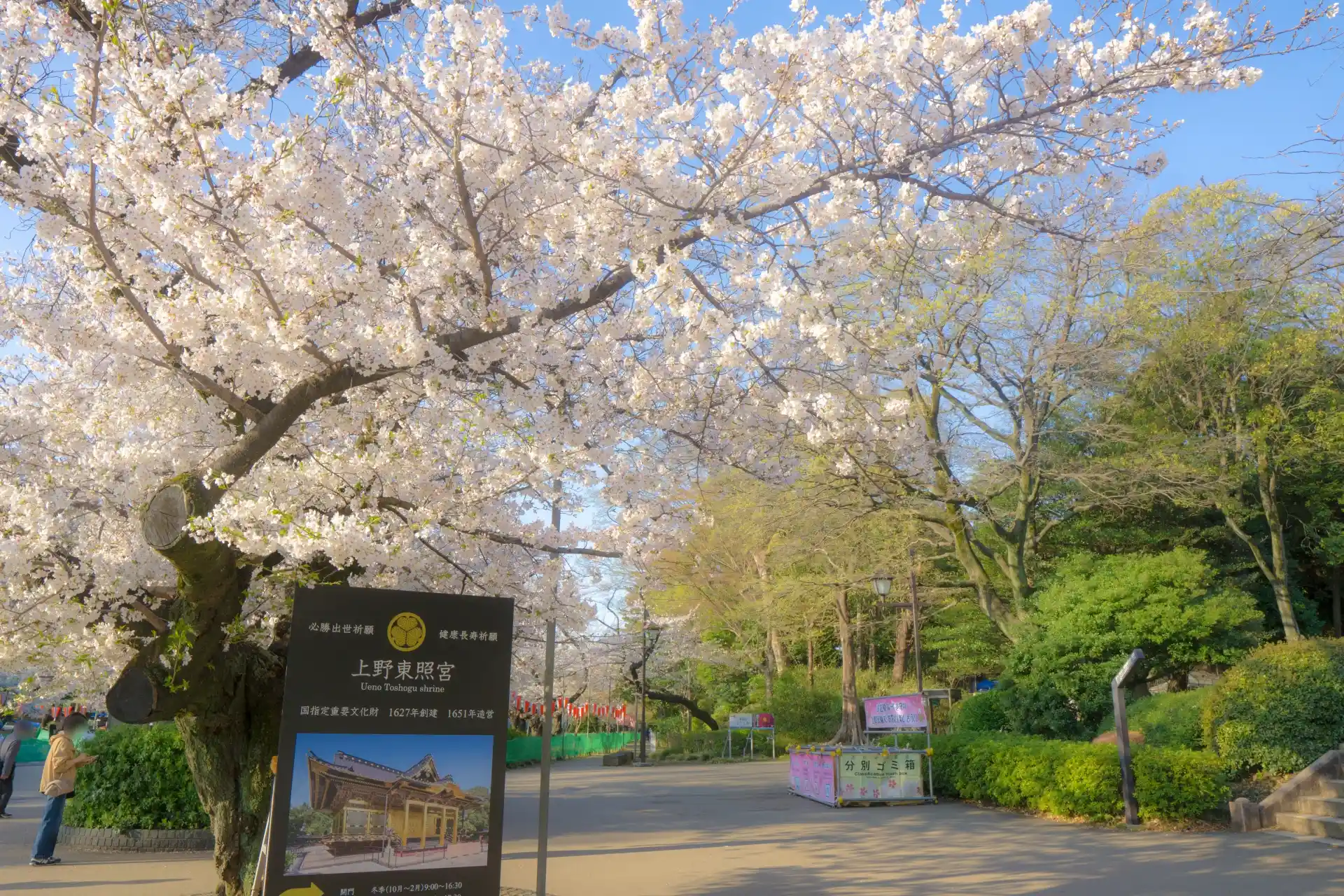
Ueno Park houses Japan's greatest concentration of museums. The Tokyo National Museum showcases Japanese art, the National Museum of Western Art features European masters, and the National Science Museum offers interactive exhibits.
During spring, the park becomes Tokyo's most popular cherry blossom viewing spot.
Ueno Zoo and Giant Pandas

Ueno Zoo, established in 1882, is Japan's oldest zoo and home to famous giant pandas. The panda exhibit draws long lines, especially during feeding times.
Ameyoko Shopping Street

Ameyoko Market stretches along railway tracks, creating a unique shopping environment. The narrow alleys provide an authentic glimpse into Tokyo's post-war commercial culture.
Street food vendors offer takoyaki, yakitori, and seasonal specialties.
Shinobazu Pond

Shinobazu Pond provides a natural oasis within Tokyo, particularly stunning when lotus flowers cover the water surface. The area includes walking paths and boat rental facilities.
During winter, the pond attracts migratory birds.
Plan Your Visit
Planning your Shinkansen journey becomes much easier with a bit of preparation before you travel. Ueno Station is large, with many train lines and exits, so checking the station layout in advance can save time on the day of your trip. If you plan to visit popular attractions like Ueno Park or Ameyoko Market before boarding your train, allow some extra time for walking and exploring.
Booking Shinkansen tickets in advance is recommended, especially during busy times like Golden Week or New Year. This guarantees a seat and helps you avoid long lines at ticket counters.
For a simple and stress-free process, use Japan Bullet Train. You can book online in your own language, get a QR code, and quickly exchange it for tickets at Ueno Station.

